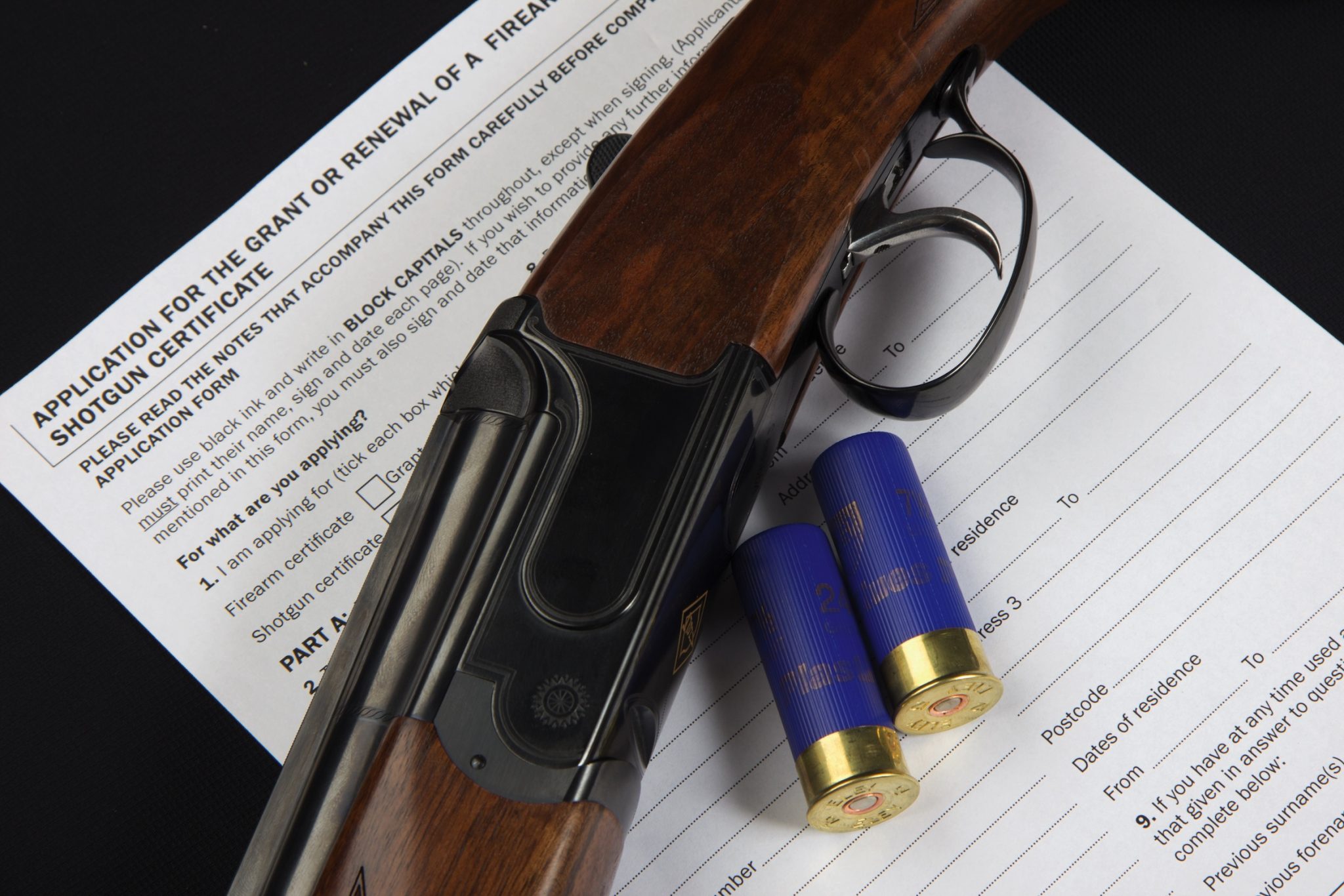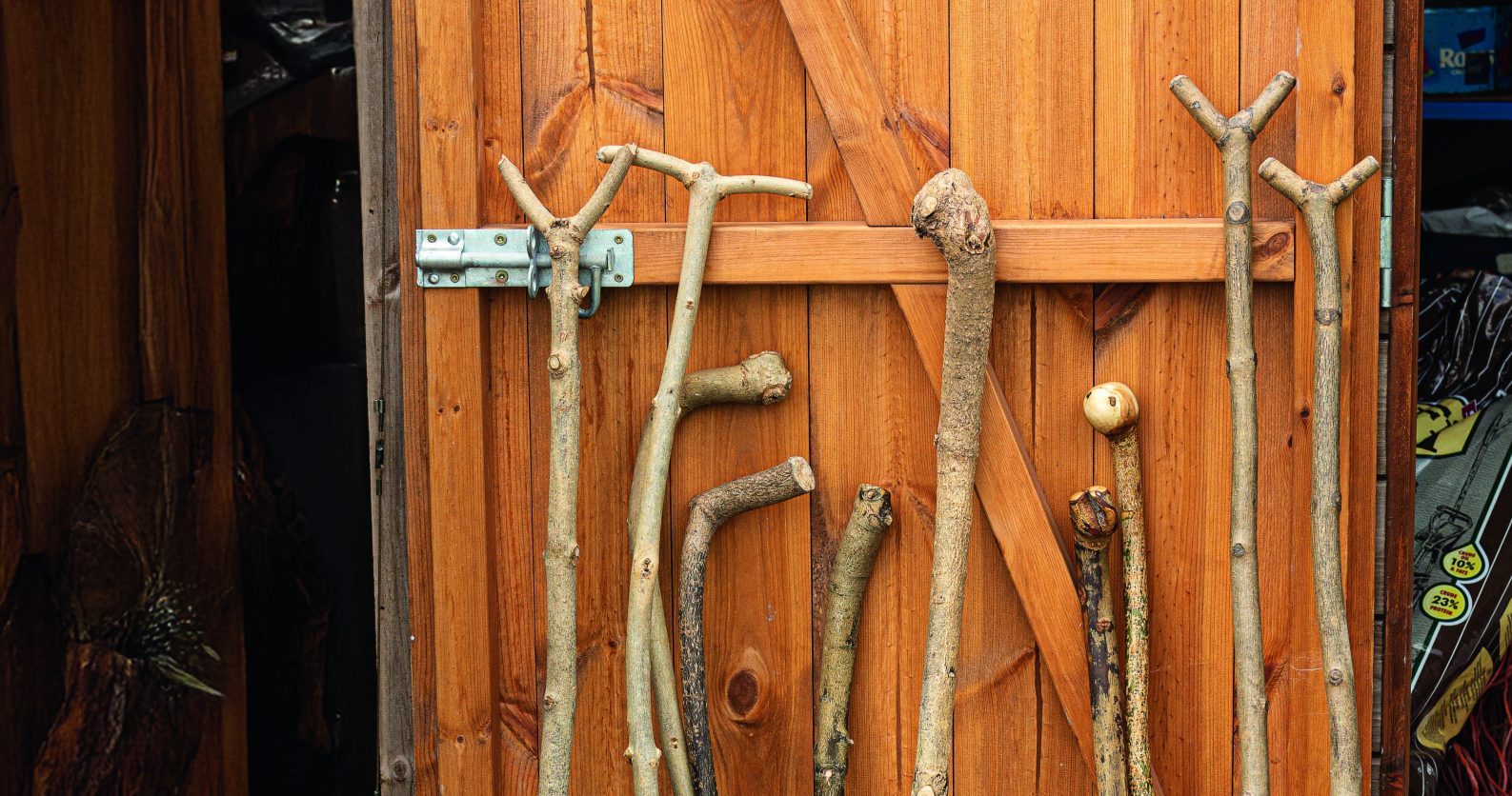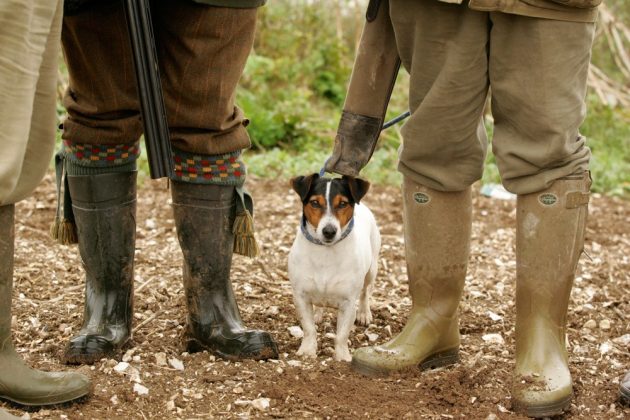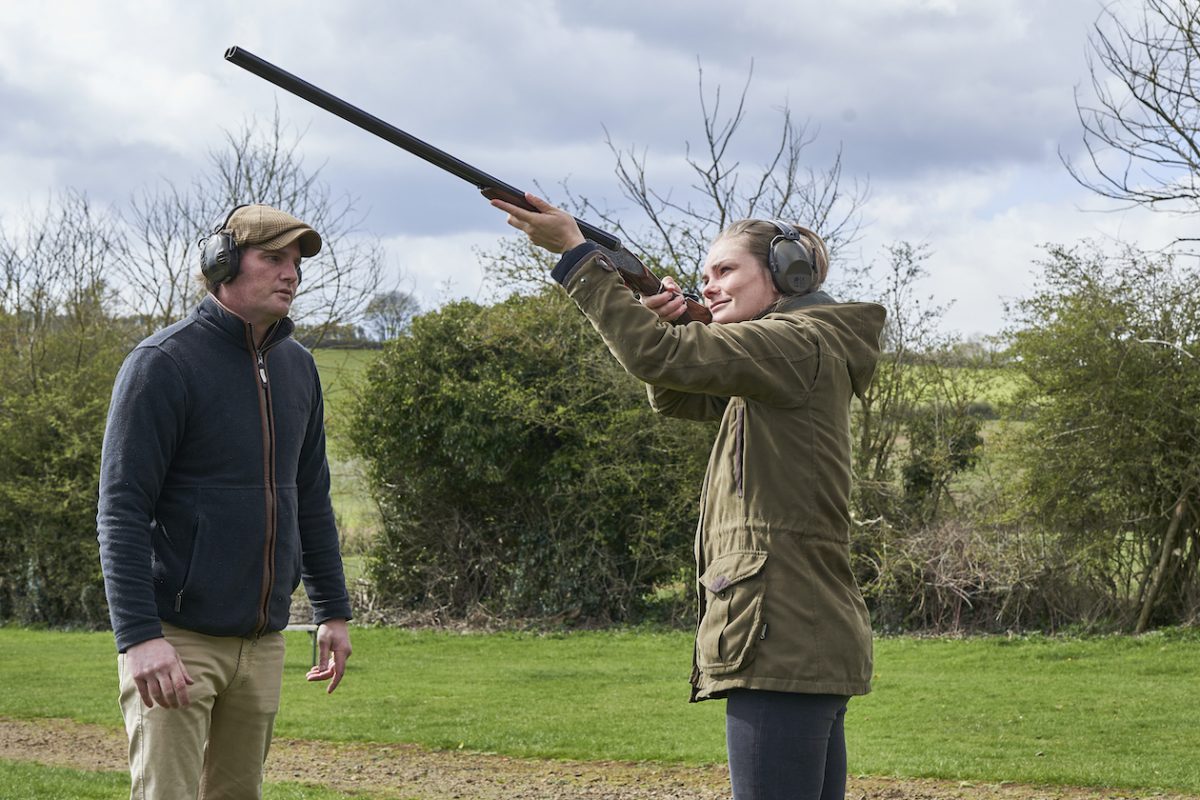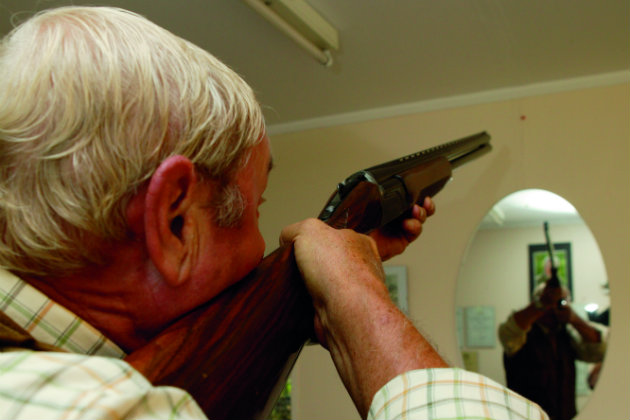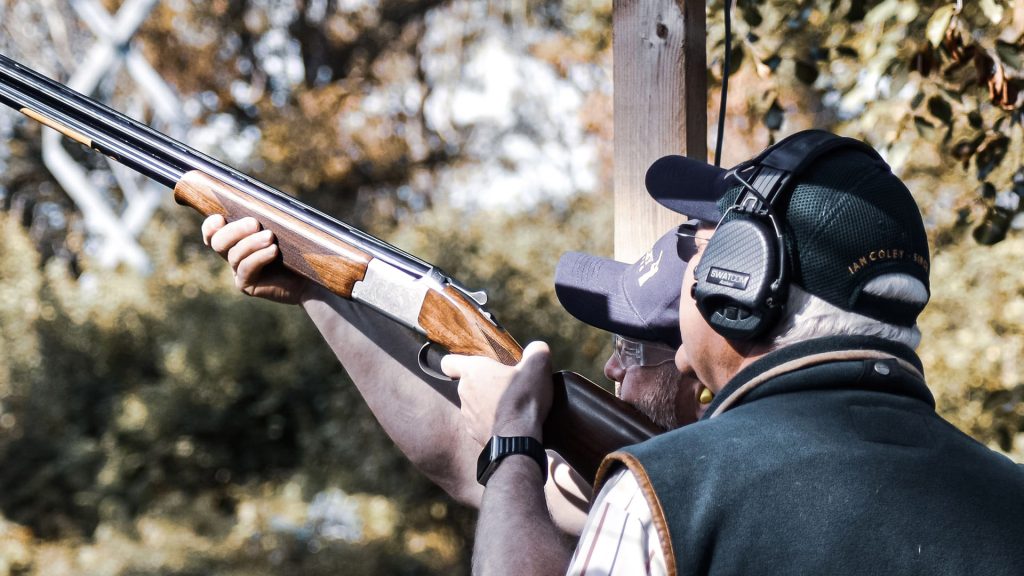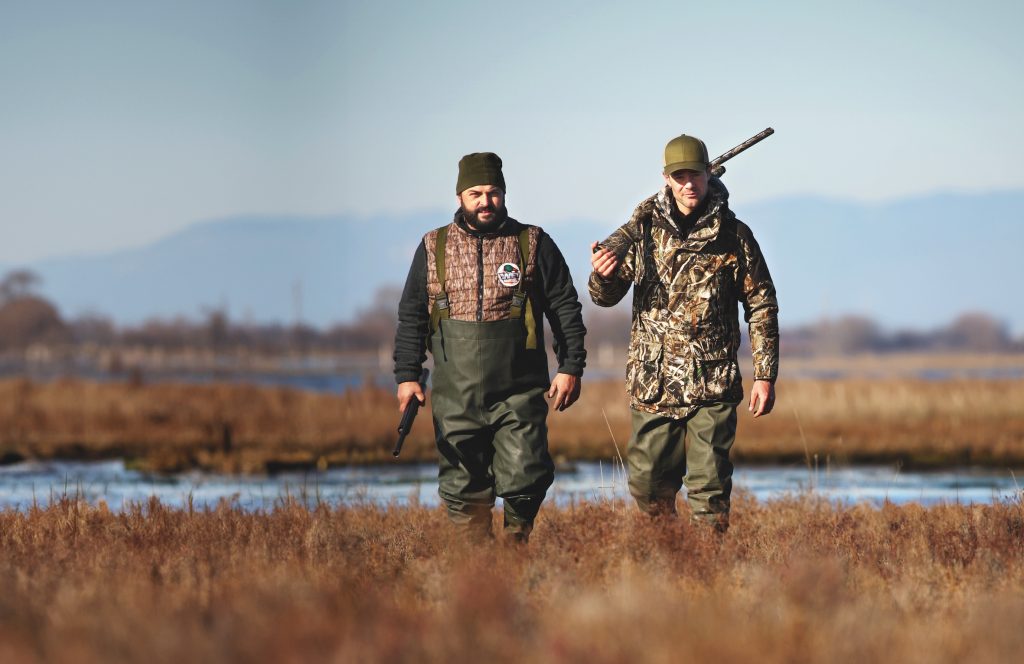Do you have a feeling that you could improve your gun-mount? Well, there’s no better time than the present for…
Win CENS ProFlex DX5 earplugs worth £1,149 – enter here
Practise on clays for the partridge season
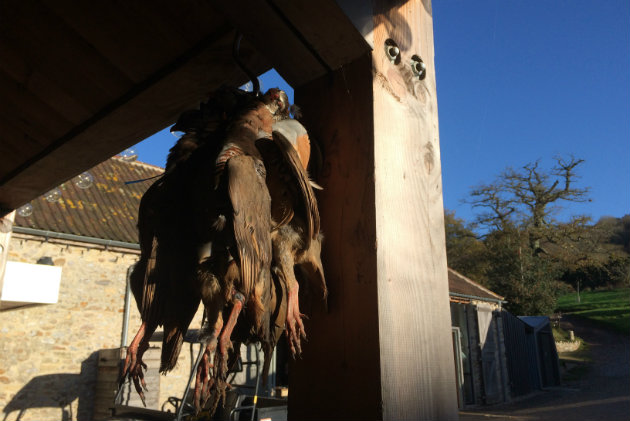
If you have a day on partridge in your diary, you should at least try to go to a good clay ground a few times before or book a lesson or two with an instructor who can help you brush up on your skills. This does wonders for your confidence, which is half the battle when it comes to putting birds on the deck.
Getting the best from your clay practise
- Find a ground that can offer you the kind of simulated bird that will mirror what you will be shooting.
- Research in advance the type of terrain you will be shooting and whether the partridges will be presented high or traditionally.
- Practise with a reputable game shooting instructor who has direct experience in what you hope to achieve.
- For driven partridge shooting practise at a clay ground, make it specific.
- Don’t practise under slow, driven birds. They might give you confidence but in the end will only leave you disappointed in the field as you get caught out by the real thing.
- Practise under a tower that represents correct speed, distance and direction.
- Shooting at midi clays makes perfect sense as they are a smaller clay and more representative of the size of a partridge and its vitals.
You do get single birds coming over on a day’s partridge shooting but practising pairs and coveys of birds is essential. If the shooting ground has the facilities to send you over pairs or coveys, grab the opportunity.
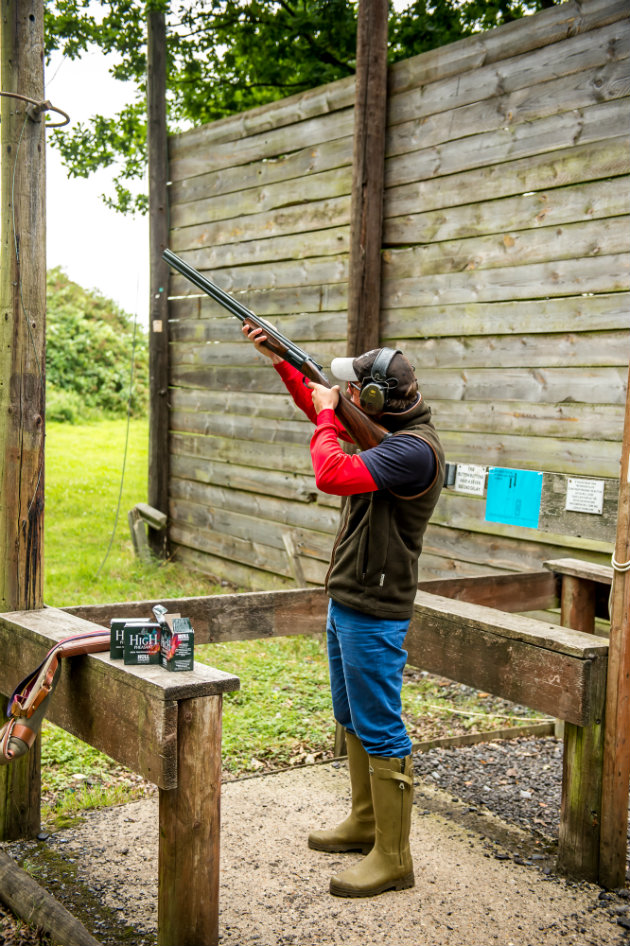
Shooting at a clay out of a simulated covey
A simulated partridge layout will help you work on bird selection and timing
- A fault of many Guns is initial panic and consequent inability to select a bird from a covey.
- Do not worry about shooting a right-and-left; you should focus first and foremost on selecting one bird and hit that before you think about shooting a second.
- The trick to practising for your driven partridge is to make it realistic with good simulated single clays, pairs and coveys.
- Speed, distance and height have to be well simulated — make your practise relevant to where you will be shooting.
Walked-up partridge shooting
In general for walked-up sport of any kind, a good low-level Sporting layout offering low angles and decent speed will work well. An excellent way to practise for walked-up partridges is to walk towards hidden traps that can be released as you get closer.
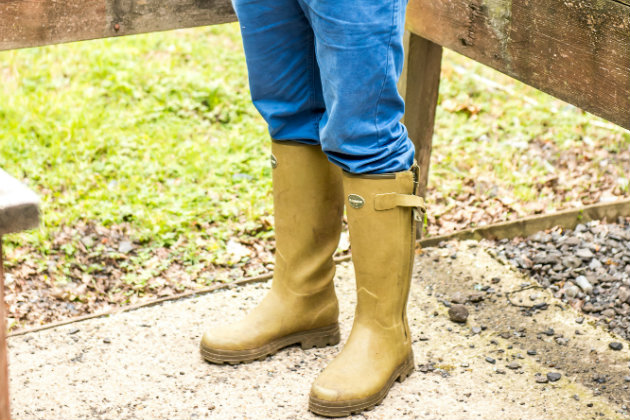
Comfortable, correct stance is essential
Footwork
The building block to any consistent shooting is your footwork. Using your feet correctly will enable you to move your body in the ideal direction. If you are positioned incorrectly, you will struggle to make the shot effectively — this is guaranteed to lead to inconsistency all day.
If you are shooting traditionally presented partridges, it is easy to get carried away and start moving your feet too much. Instead, bear in mind while you are shooting that — if you shoot with confidence and providing that it is safe — most of your shots will be in front at a 45° angle.
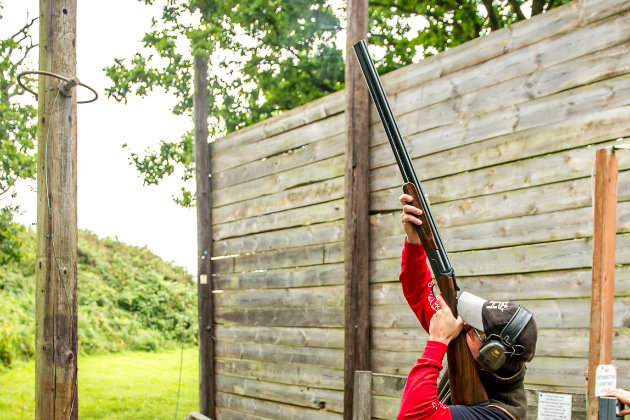
Shooting a medium-height clay comfortably just past 45 degrees
Setting your stance to attempt a covey coming straight at you is a good start. And if you stand with a slightly narrower stance, if you need to move your feet to shoot birds out of wider coveys, you can make minimal but effective movements with your front foot that will dramatically increase body movement.
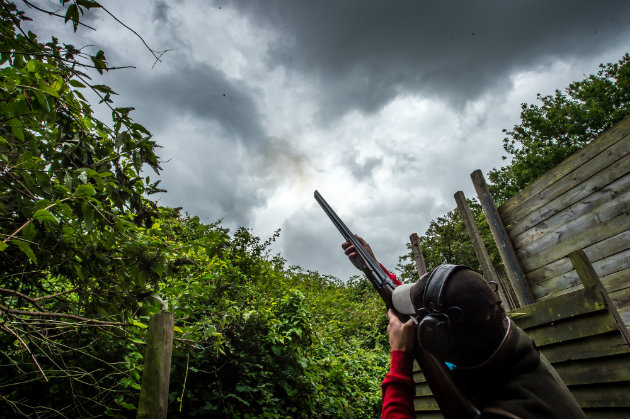
Shoulders, eyes and gun must be parallel to the line of the bird
Remember to move your feet before you mount the gun, however. If you move and mount at the same time, you will find yourself pulling your body and the muzzles away from the line of the bird you have selected to shoot. It will also encourage bad or inconsistent gun mount.
How to practise your gun mount at home
There is no substitute for regular gun mounting practise to achieve a smooth, fluent and efficient mount — bringing the…
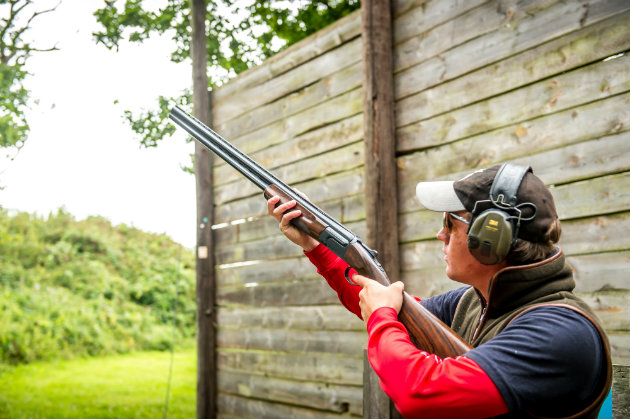
Address the clay or selected bird correctly with smooth connection and gun mount
Gun mount
- Every shooter knows how important gun mount is to shooting consistently. When practising for partridges, minimal movement is key.
- Address the covey properly — in this case the clay you are shooting. Have the tip of your gun pointing in the direction of your approaching clay, with the stock tucked under your armpit and held slightly away from your body. Not only is this addressing the bird properly, it will also aid in correct bird selection and smooth, consistent movement of your gun.
- When you have selected your bird from the covey, place your feet correctly and bring the muzzles just below the line of the bird. Your muzzles will naturally be moving with the selected bird. This will help with your timing and tempo for the shot.
- As you push your muzzles into the selected partridge — or the clay you are practising on — the stock of your gun will come up to your cheek and shoulder smoothly.
- Make sure you keep your head still. If you take your head to the stock rather than bringing the stock to you, your eyes will come off the bird and you will pull the muzzles away from the bird, effectively mounting your gun in a see-saw motion.
- Your gun should always be going in the same direction during your gun mount and connection to your bird, giving you good smooth timing.
- Finish the shot. By this I mean watching the bird fold in the air.
- For clays, look for the impact. Three things will then happen: you will have a much cleaner hit, it will stop you from lifting your head during the shot and it will stop you from stopping your gun. It is impossible to stop the gun if your eyes do not leave the bird. This sounds easy, but it can take a lot of concentration and practice to really finish your shot properly.
Related Articles
Get the latest news delivered direct to your door
Subscribe to Shooting Times & Country
Discover the ultimate companion for field sports enthusiasts with Shooting Times & Country Magazine, the UK’s leading weekly publication that has been at the forefront of shooting culture since 1882. Subscribers gain access to expert tips, comprehensive gear reviews, seasonal advice and a vibrant community of like-minded shooters.
Save on shop price when you subscribe with weekly issues featuring in-depth articles on gundog training, exclusive member offers and access to the digital back issue library. A Shooting Times & Country subscription is more than a magazine, don’t just read about the countryside; immerse yourself in its most authoritative and engaging publication.



